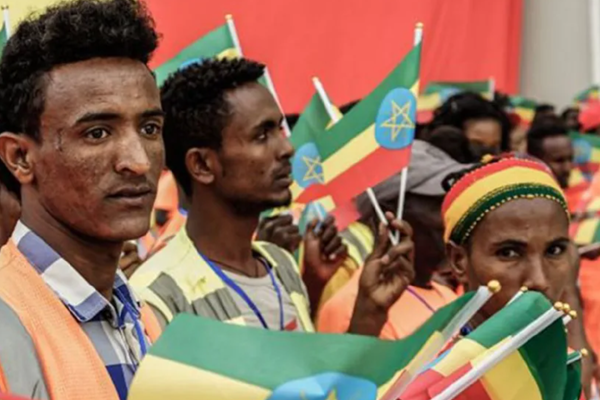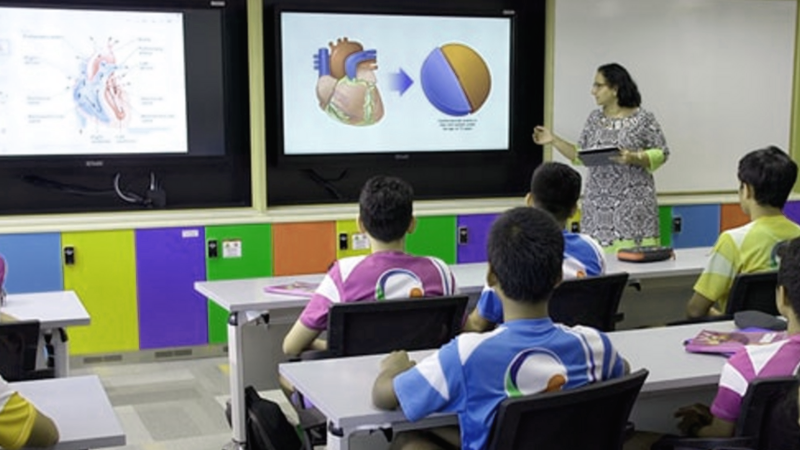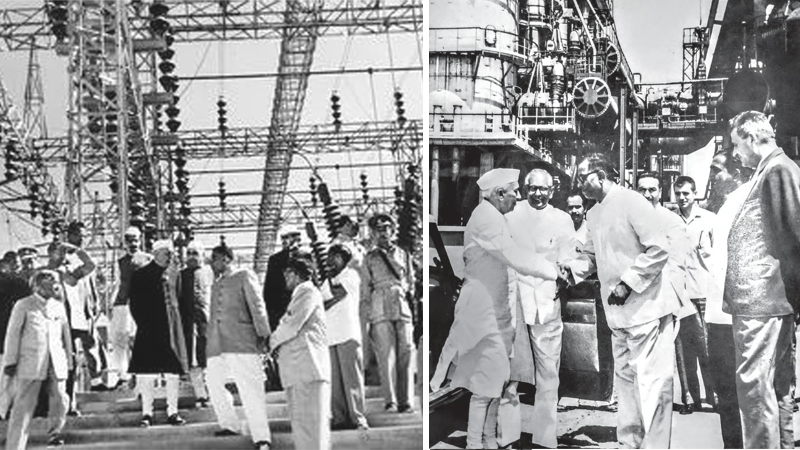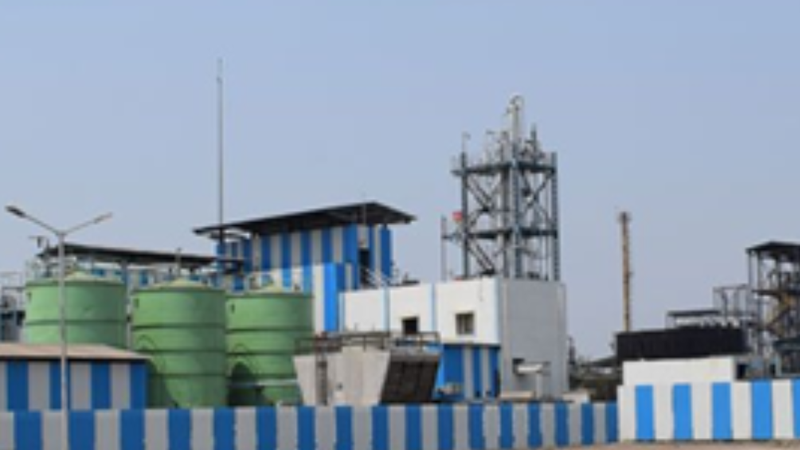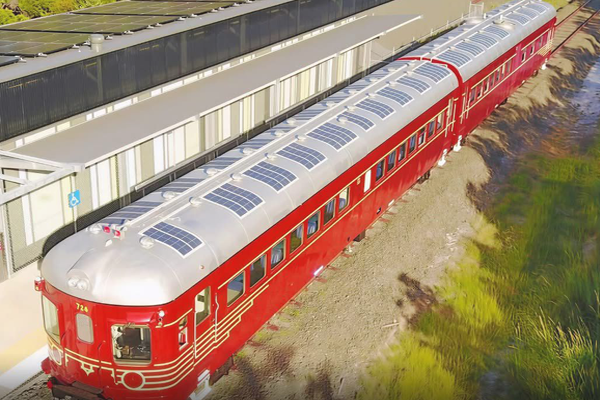Crony Capitalism and the Shrinking Space for Small Enterprise
Editorial
Kanshi Ram: The Architect of India’s Social Democracy
In the long history of Indian politics, few figures have redefined democracy as profoundly as Kanshi Ram. Emerging from a marginalized background, he rose without the backing of money, media, or legacy—armed only with conviction, organizational skill, and an unshakable belief in equality. His journey from a humble government servant to the founder of the Bahujan Samaj Party (BSP) stands as a revolutionary chapter in modern India’s democratic evolution.
Kanshi Ram’s politics was not about charisma or slogans—it was about awakening. Drawing from the ideas of Jyotiba Phule and Dr. B. R. Ambedkar, he built the concept of Bahujan, the “majority” comprising India’s socially and economically oppressed communities—Scheduled Castes, Scheduled Tribes, Other Backward Classes, and minorities. Through the creation of BAMCEF and later BSP, he mobilized intellectual and bureaucratic strength among these groups, giving shape to what he termed “social democracy in action.”
His genius lay in translating social consciousness into political power. In less than two decades, BSP rose from an idea to a ruling party in Uttar Pradesh—the largest state of India. Kanshi Ram demonstrated that India’s excluded could not only vote but also govern. His call to “Pay Back to Society” turned awareness into activism, and activism into political authority.
While critics often viewed his methods as pragmatic rather than purist, Kanshi Ram’s realism redefined political ethics for the marginalized. He believed that without power, no ideology could sustain justice. His legacy continues to remind Indian democracy that social equality is not a gift—it is a struggle.
Kanshi Ram did not merely challenge the old order; he built a new one. In doing so, he etched his name among the true architects of India’s democratic revolution.
Bihar’s Turning Tide: Anti-Incumbency and the INDIA Bloc’s Momentum
As Bihar moves into election mode, a subtle but significant political current seems to be flowing beneath the surface — one that favours the INDIA bloc and challenges the long-standing dominance of the NDA. While the ruling alliance projects continuity and “vikas,” ground realities suggest a wave of restlessness, especially among the youth, unemployed graduates, and the vast OBC–EBC population that once stood firmly behind the NDA.
The Waning Aura of Nitish Kumar
Nitish Kumar, once hailed as “Sushasan Babu,” now faces the toughest test of his political life. His prolonged tenure, frequent political flip-flops, and perceived administrative fatigue have eroded credibility. Basic governance indicators — job creation, rural infrastructure, and law-and-order confidence — no longer match the tall claims of the ruling combine. The emotional connect that once helped Nitish rise above caste arithmetic appears to have faded. Anti-incumbency is real, widespread, and quietly vocal in Bihar’s hinterlands.
The New Social Arithmetic
Unlike 2020, the INDIA bloc seems better positioned this time. The alliance between RJD, Congress, and Left partners has consolidated the traditional Muslim-Yadav base, but what’s more striking is the visible drift of segments of the EBCs and OBCs — the so-called “non-Yadav backward castes” — who feel neglected by both Nitish and the BJP. Many of them were drawn earlier to Modi’s welfare narrative, but rising joblessness and rural distress are pushing them back toward Tejashwi Yadav’s promise of employment and social inclusion.
Tejashwi’s energetic campaign, combined with Rahul Gandhi’s renewed outreach, has revived the INDIA bloc’s grassroots connect. Their consistent focus on unemployment, price rise, and caste census resonates far more than abstract slogans of “double-engine growth.”
Rahul Gandhi vs Modi: A Contest of Narratives
At the national level, the Bihar poll has turned into a symbolic Rahul Gandhi vs Narendra Modi contest. Modi still commands personal appeal, but fatigue and local disillusionment blunt its impact. Rahul’s assertive tone, his Bharat Jodo-style messaging of unity and social justice, and the INDIA bloc’s united front are beginning to find traction among younger and marginalised voters.
The Emerging Picture
If current undercurrents sustain, Bihar could witness a political upset. The INDIA bloc may not just improve its tally — it could well cross the halfway mark. The state’s political wind, once firmly in the NDA’s sail, now seems to be shifting direction. Bihar’s electorate appears ready for change — a new mandate built on social justice, economic aspiration, and democratic renewal.
Taliban’s India Outreach: Diplomacy in Cautious Motion
The recent six-day visit of Taliban Foreign Minister Amir Khan Muttaqi to India marks a subtle but significant shift in South Asia’s diplomatic landscape. His meetings in New Delhi and visit to Agra, including an interaction at Darul Uloom, reflect a calibrated attempt by Kabul to re-engage with India—once Afghanistan’s closest regional ally before the Taliban’s return to power in 2021.
This visit carries more symbolism than substance, yet it opens a quiet channel in an otherwise frozen relationship. India, which had long maintained a principled distance from the Taliban regime, now seems to be testing the waters of “selective engagement.” The focus of discussions reportedly ranged from trade and connectivity to humanitarian aid and security coordination—issues that hold real significance for both sides.


 SAS Kirmani
SAS Kirmani


